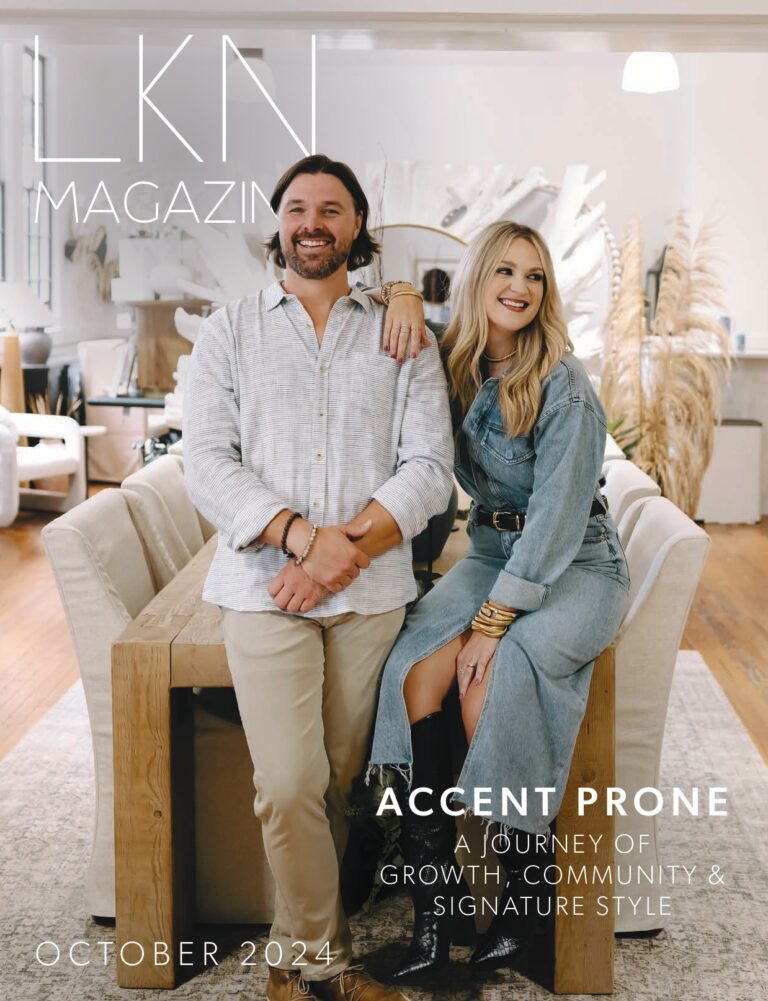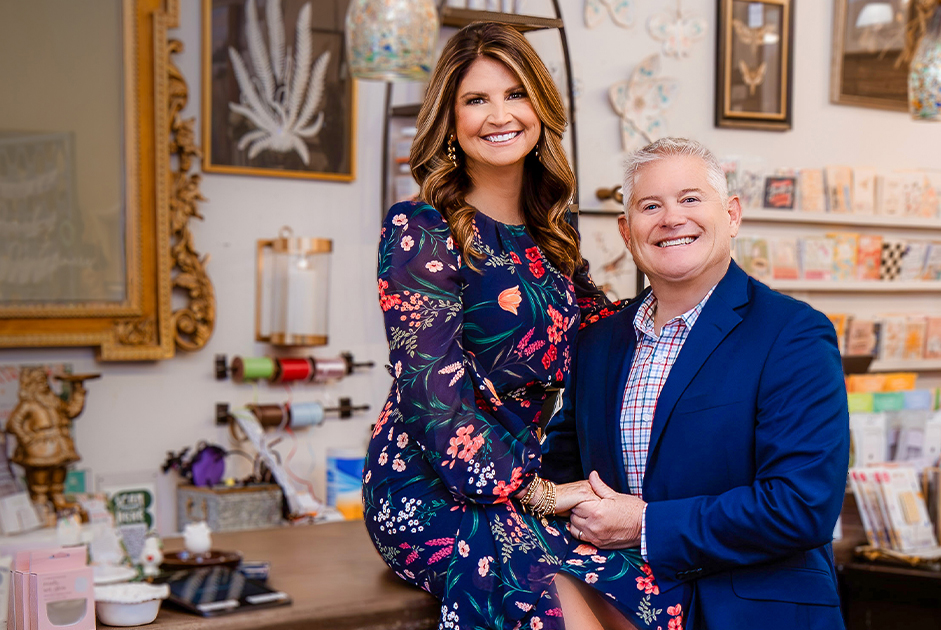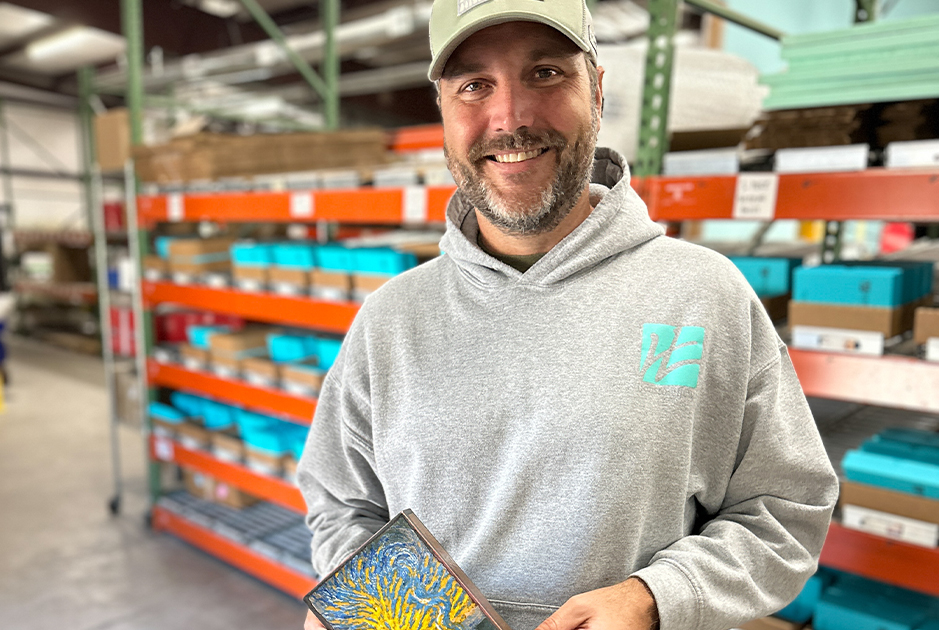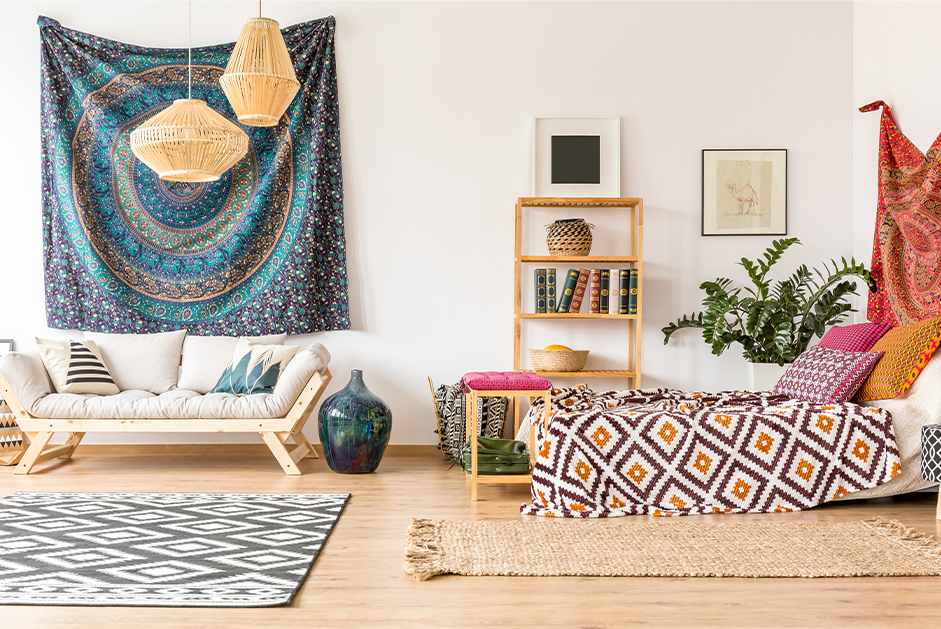“No” is just two letters but saying it can feel really hard. Whenever someone asks you to take on a project or task, your first inclination might be to blurt out, “Yes! I’d be happy to!” Where, in reality, you may feel the opposite. Maybe you’d rather be doing about a thousand other things. Or maybe you’re okay with saying yes, but it’s not the best thing for your bandwidth or mental health. The good news is that saying no is a skill you can sharpen. The more you say no, the more natural it’ll feel.
How do I know when to say no?
Below are three things you can do to decide whether to say no.
- Establish your values and priorities
Visualize your life as a pie, and the components of your life as slices (career, spiritual, family, friends, community, hobbies, travel, health). Ask yourself, “What are my main things?” and list your top five. Once you are clear on your priorities, consider saying no to any commitments and pursuits that didn’t make the cut.
- Use the “Heck Yeah” or No Method
Derek Sivers suggests a “Heck Yeah or No” method. Actually, he uses a different word, but you get the idea. If someone asks you to do something and your first reaction is “Heck Yeah!”, then do it. If it doesn’t excite you, then say no.
- Ask yourself these questions
Your knee-jerk response to a request may be to say yes. Make a habit of not giving an automatic yes all the time. Respond with, “I’ll think about it” or “Can I get back to you on that?” to give yourself a chance to think about it. You can then ask yourself these questions to assess opportunity costs.
- Do I have the time, energy, and money for this at the moment?
- Do I want to do this?
- Will it keep me from focusing on something that is more important?
- Will this add value to my life?
- Is this aligned with my values and priorities?
- Am I saying yes, only because I am scared of saying no?
Saying “No” Nicely
You say no to a request while still being kind, appreciative, and respectful. Below are some strategies to help!
- Be crystal clear
A wishy-washy answer can make the conversation awkward and confuse the person making the request. Be clear with your no, so that nobody is left wondering what you are trying to say.
- Extend genuine gratitude for the ask
You might have a hard time saying no because the request or person asking means a lot to you. Show appreciation for thinking of you but stand firm. You might say something like, “Thank you for thinking of me” or “I appreciate you coming to me. It means a lot.”
- Give a brief explanation — if you want to
No can be a complete sentence. But if you’d like to offer an explanation, keep it short and sweet.
- Practice saying no
Practice makes perfect. Saying no as often as you can is a great way to get better at it and more comfortable with saying the word.
- Don’t apologize
We often start with, “I’m sorry, but…” as we think it sounds more polite. But apologizing sounds weaker. Be firm and unapologetic about guarding your time.
Saying no is an important form of self-care. It helps create space in our schedules to rest and recharge and engage in activities that are most important to us. Ultimately, saying no gives us greater navigation over our lives which helps us to build more fulfilling, meaningful lives.



















